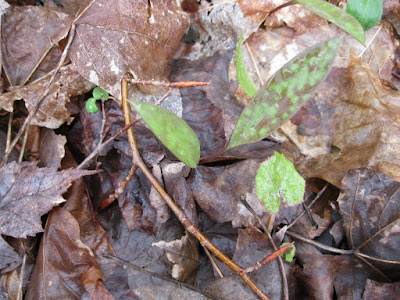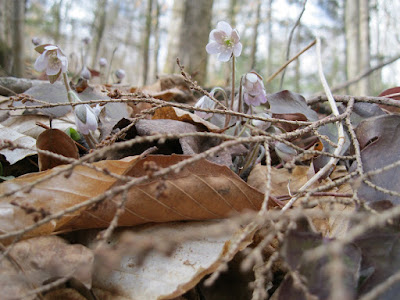Following years of self examination and reading, a retirement life centered on growing plants was planned. The past two decades have been wonderful beyond description. The blog record of Stone Wall Garden will serve me well when reality pushes me to a retirement community. Part of each day there will likely be spent reading and remembering the unfolding of these years and the plants that delivered both challenges and pleasures.
One bit of my gardening madness focused on Oriental Lilies. Several mail order catalogs listed them as hardy to climate zone four. Year after year bulbs were planted and their new growth frozen dead by frosts. Sometimes slow to see the obvious, it took far to long for the need of protective covers to register. Now the late afternoon features placement of plastic buckets and their morning removal if forecasted temperatures permit.
The first picture features the remains of a purchased assortment. The catalog illustration featured the variety Lovely Girl. Its combination of white flowers with yellow splashes and sweet scent could not be resisted. This variety needs much warmer winter temperatures and like many of my purchases did not survive here.
Included in the collection was an unnamed variety whose garish coloration would suggest placement outside of a French House of Pleasure. The brightly colored flowers were scentless but the plants were hardy. That single bulb has multiplied wildly giving me four plantings similar to the one shown. Division is clearly needed but since I find the flowers unattractive it will most likely not happen again this year.
Late Morning is the varietal name of these plants. They have been under cover for several nights but one night featured temperatures in the mid twenties resulting in frozen but not frosted leaves. The formation of frost releases heat with the change of state and that does burn on occasion. These five plants will present a covering problem in the near future. Plant growth will exceed the height of the covers and that will be a problem if late May frost is likely..
Three Golden Stargazers were placed in front of the house where nights are warmer. Two quickly died and the remaining plant had a recent great year resulting in three daughter plants. These flowers are special enough to warrant a huge plastic garbage can to keep the frost off of tall plants.
Scheherazade is the varietal name of these plants Here again their bright colors are not found to be appealing. So far they have refused to die and were covered with two five gallon pails. The leaf damage shows their sensitivity to cold despite covers. Placing bottles of warm water under the covers has been considered but there are limits on what will be done.
Simplon Lilies are appealing in several ways. Their height places pure white flowers at my nose level when I am standing. Not having to bend over or kneel to sample the scent of flowers has become a real plus. The flower count is as impressive as the purity of the blossoms. Then there is the scent. Sweet beyond description would prohibit their use as indoor decoration but outside distance can help keep the fragrance level pleasant. These bulbs need to be reset as their chosen placement will make covering with a single garbage can impossible.
When viewing this post, a search rectangle can be seen in the upper left corner. Enter any flower name there and you will be taken to past posts.
Today's pictures feature mostly bare ground with the promise of future beauty. This Arbutus planting shows beautiful flowers today. Just seeing them and taking in their scent removes the troubles of today at least for the moment.
















































